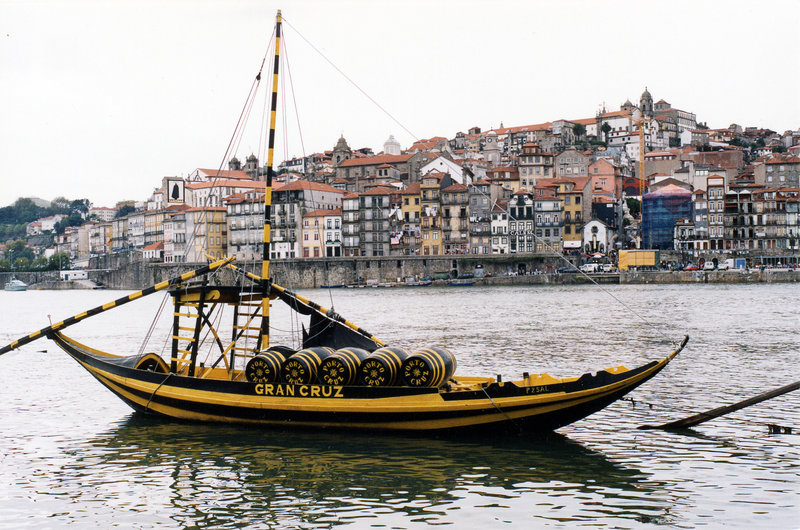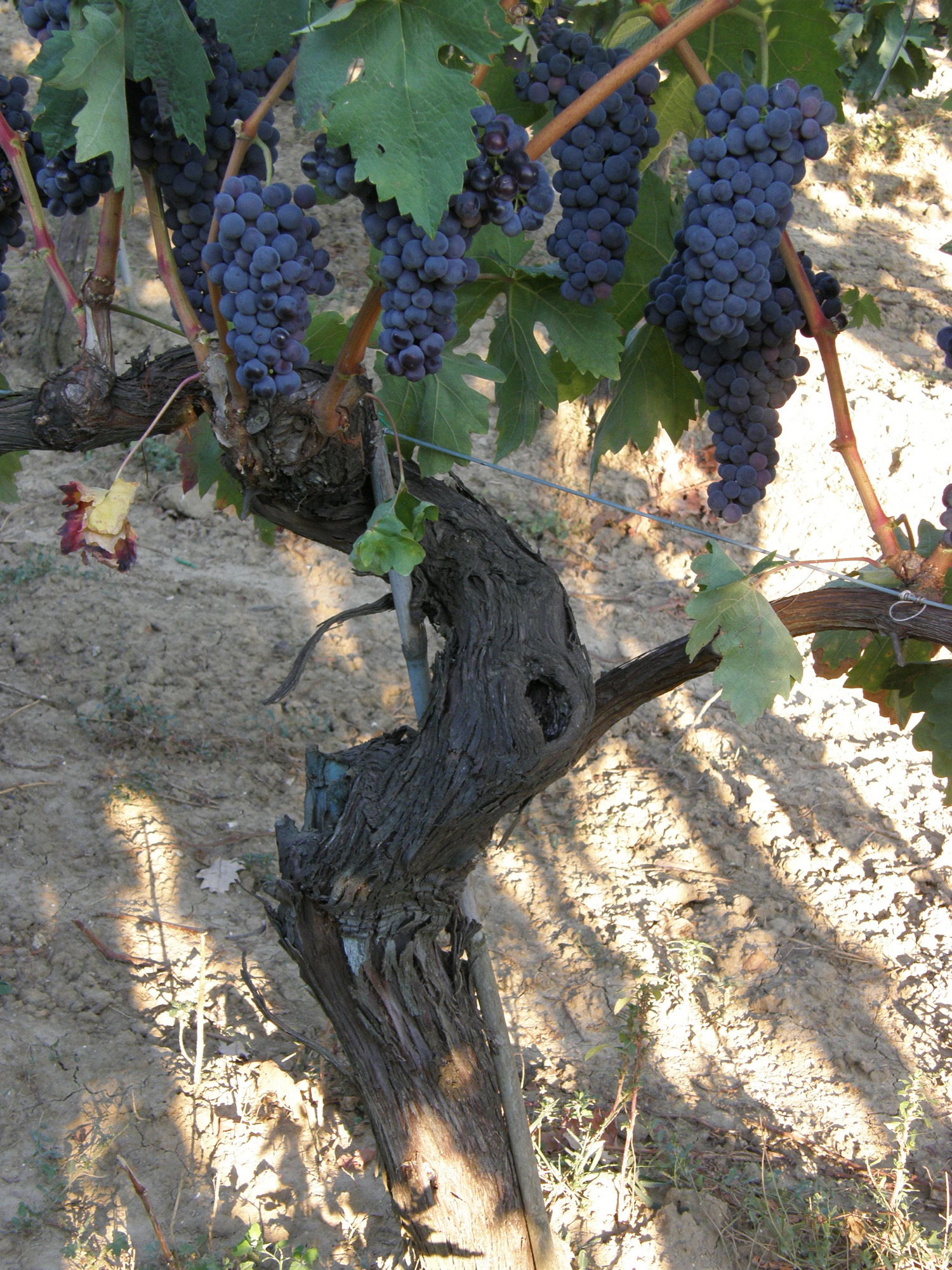|
Redondo Wine
Redondo is a Portuguese wine region centered on the Redondo municipality in the Alentejo region. The region was initially an '' Indicação de Proveniencia Regulamentada'' (IPR) region, then elevated to '' Denominação de Origem Controlada'' (DOC) status. In 2003, it became one of eight subregions of the Alentejo DOC. Its name may still be indicated together with that of Alentejo, as Alentejo-Redondo. (reflects situation as of July 31, 2009) The region is bordered by the Borba subregion to the northeast, the [...More Info...] [...Related Items...] OR: [Wikipedia] [Google] [Baidu] |
Portuguese Wine
Portuguese wine was mostly introduced by the Romans and other ancient Mediterranean peoples who traded with local coastal populations, mainly in the South. In pre-Roman Gallaecia-Lusitania times, the native peoples only drank beer and were unfamiliar with wine production. Portugal started to export its wines to Rome during the Roman Empire. Modern exports developed with trade to England after the Methuen Treaty in 1703. From this commerce a wide variety of wines started to be grown in Portugal. And, in 1758, one of the first wine-producing regions of the world, the '' Região Demarcada do Douro'' was created under the orientation of Marquis of Pombal, in the Douro Valley. Portugal has two wine-producing regions protected by UNESCO as World Heritage: the Douro Valley Wine Region (''Douro Vinhateiro'') and Pico Island Wine Region (''Ilha do Pico Vinhateira''). Portugal has a big variety of local kinds, producing a very wide variety of different wines with distinctive personality. Hi ... [...More Info...] [...Related Items...] OR: [Wikipedia] [Google] [Baidu] |
List Of Portuguese Wine Regions
Portuguese wine regions are grouped into three levels of classification. At the top are the '' Denominação de Origem Controlada'' (or DOCs) which are Quality Wines Produced in Specified Regions (QWpsr) under the European Union wine regulations and thus correspond roughly to the French ''Appellation d'origine contrôlée'' (AOC) and Spanish '' Denominación de Origen'' (DO) classifications. The second group consist of '' Indicação de Proveniência Regulamentada'' (IPRs), and are also QWpsr. IPRs are used for DOC candidates "in training", and this level roughly corresponds to the French ''Vin Délimité de Qualité Superieure'' (VDQS) system. The final group are the Vinho Regional (VRs), which are table wines with a geographical indication under EU regulations. VRs each cover a larger area and are similar to the French ''Vin de pays'' at regional/departmental level.T. Stevenson ''"The Sotheby's Wine Encyclopedia"'' pg 329-333 Dorling Kindersley 2005 The early 2000s has seen m ... [...More Info...] [...Related Items...] OR: [Wikipedia] [Google] [Baidu] |
Trincadeira
Tinta Amarela or Trincadeira is a red wine grape that is commonly used in Port wine production. The grape is noted for its dark coloring. Its use in the Douro region has been increasing in recent years. The vine is susceptible to rot and performs better in dry, hot climates.T. Stevenson ''"The Sotheby's Wine Encyclopedia"'' pg 335 Dorling Kindersley 2005 It is one of the most widely planted grape varieties in Portugal. It is the oldest and most widely planted grape variety in the Alentejo region, where it is called Trincadeira. The wine tends to be full-bodied and rich, with aromas of blackberries, herbs and flowers. See also *List of Port wine grapes According to the Method of Punctuation of the Plots of Land of Vineyards of the Region of Douro (decree nº 413/2001), there were 30 recommended and 82 permitted grape varieties in Port wine production. The quality and characteristics of each grap ... * List of Portuguese grape varieties References Red wine grape varieties ... [...More Info...] [...Related Items...] OR: [Wikipedia] [Google] [Baidu] |
Tamarez
Tamarez is a grape variety that is the basis for a white Portuguese wine. It is associated with the Alentejo region, and is used to produce Borba, Redondo, and Moscatel de Setúbal Muscatel ( ) is a type of wine made from muscat grapes. The term is now normally used in the United States to refer to a fortified wine made from these grapes rather than just any wine made from these grapes. This fortified muscatel became popu ... wines, among others. It is often added to wines to increase the yield from other grapes. References White wine grape varieties Portuguese wine {{wine-stub ... [...More Info...] [...Related Items...] OR: [Wikipedia] [Google] [Baidu] |
Roupeiro
Roupeiro is a white Portuguese wine grape planted primarily in the Alentejo and Douro regions. In Alentejo, the grape is known as Alva. In the Douro, it is known as Codega. J. Robinson ''Jancis Robinson's Wine Course'' Third Edition pg 121 Abbeville Press 2003 See also *List of Portuguese wine grape varieties Portugal's history of viticulture and vinification covers many centuries and has included the use of an extensive number native varieties. In addition, through experimentation and field trials a number of new varieties have emerged and are now pla ... References {{wine-grape-stub White wine grape varieties Portuguese wine ... [...More Info...] [...Related Items...] OR: [Wikipedia] [Google] [Baidu] |
Rabo De Ovelha
Rabo de Ovelha (Portuguese for "Sheep's tail") is white Portuguese wine grape variety that is grown all over Portugal. It should not be confused with the red Rabo de Anho grape variety that is found in the Vinho Verde region. Rabo de Ovelha is an authorized grape variety in the Bairrada, Borba, Bucelas, Redondo, Reguengos, Setúbal and Vidigueira '' Denominação de Origem Controlada'' (DOC). The grape variety gets its name from the way its grape bunches resembles the end of a ewe's tail. In winemaking, Rabo de Ovelha is known for producing highly alcoholic wines that wine expert Jancis Robinson Jancis Mary Robinson OBE, ComMA, MW (born 22 April 1950) is a British wine critic, journalist and wine writer. She currently writes a weekly column for the ''Financial Times'', and writes for her website JancisRobinson.com, updated daily. She ... describes as lacking subtlety. References Portuguese wine White wine grape varieties {{wine-grape-stub ... [...More Info...] [...Related Items...] OR: [Wikipedia] [Google] [Baidu] |
Moreto
Moreto is a red Portuguese wine grape variety that is planted primarily in the Alentejo. As a varietal, the grape makes neutral wines. J. Robinson ''Jancis Robinson's Wine Course'' Third Edition pg 144 Abbeville Press 2003 Synonyms Moreto is also known under the synonyms Arruya, Castellao, Moreto d'Alenteijo, Moreto d'Alentejo, Moreto do Dão, Morito, Mureto do Alentejo, Tinta de Alter. Other grape varieties Moreto is also used as a synonym for the grape varieties Lambrusca di Alessandria, Camarate Tinto, Baga and Mureto. See also *List of Portuguese wine grape varieties Portugal's history of viticulture and vinification covers many centuries and has included the use of an extensive number native varieties. In addition, through experimentation and field trials a number of new varieties have emerged and are now pla ... References {{reflist Red wine grape varieties ... [...More Info...] [...Related Items...] OR: [Wikipedia] [Google] [Baidu] |
Aragonez
Tempranillo (also known as Ull de Llebre, Cencibel, Tinto Fino and Tinta del Pais in Spain, Aragonez or Tinta Roriz in Portugal, and several other synonyms elsewhere) is a black grape variety widely grown to make full-bodied red wines in its native Spain. Its name is the diminutive of the Spanish ''temprano'' ("early"), a reference to the fact that it ripens several weeks earlier than most Spanish red grapes. Tempranillo has been grown on the Iberian Peninsula since the time of Phoenician settlements. It is the main grape used in Rioja, and is often referred to as Spain's noble grape. The grape has been planted throughout the globe's wine regions. In 2015, Tempranillo was the fourth most widely planted wine grape variety worldwide with under vine, of which 87% was in Spain where it is the most planted red grape variety. Unlike more aromatic red wine varieties like Cabernet Sauvignon, Sangiovese and Pinot noir, Tempranillo has a relatively neutral profile so it is often bl ... [...More Info...] [...Related Items...] OR: [Wikipedia] [Google] [Baidu] |
Redondo, Portugal
Redondo () is a municipality in the District of Évora in Portugal. The population in 2016 was 6, 567, in an area of 369.51 km2. History The area of Redondo municipality contains an important megalithic cluster, including the Anta da Vidigueira, Anta da Candeeira and Anta de Colmeeiro dolmens, or neolithic burial chambers. In 1250, a foral (''charter'') attributed to King D. Afonso III was issued to Redondo. At the same time, the king ordered the construction of a castle over the ruins of the ancient Roman fortress. Later, the town was ruled by the Count of Redondo starting in the 1500s. Administration The current Mayor is António José Recto, having been elected in 2013 as head of the same independent list his predecessor, Alfredo Falamino Barroso, previously commanded. The municipal holiday is Easter Monday. Parishes Administratively, the municipality is divided into 2 civil parishes (''freguesias''): * Montoito * Redondo Notable people * Bruno Pires (born 1981) a ... [...More Info...] [...Related Items...] OR: [Wikipedia] [Google] [Baidu] |


